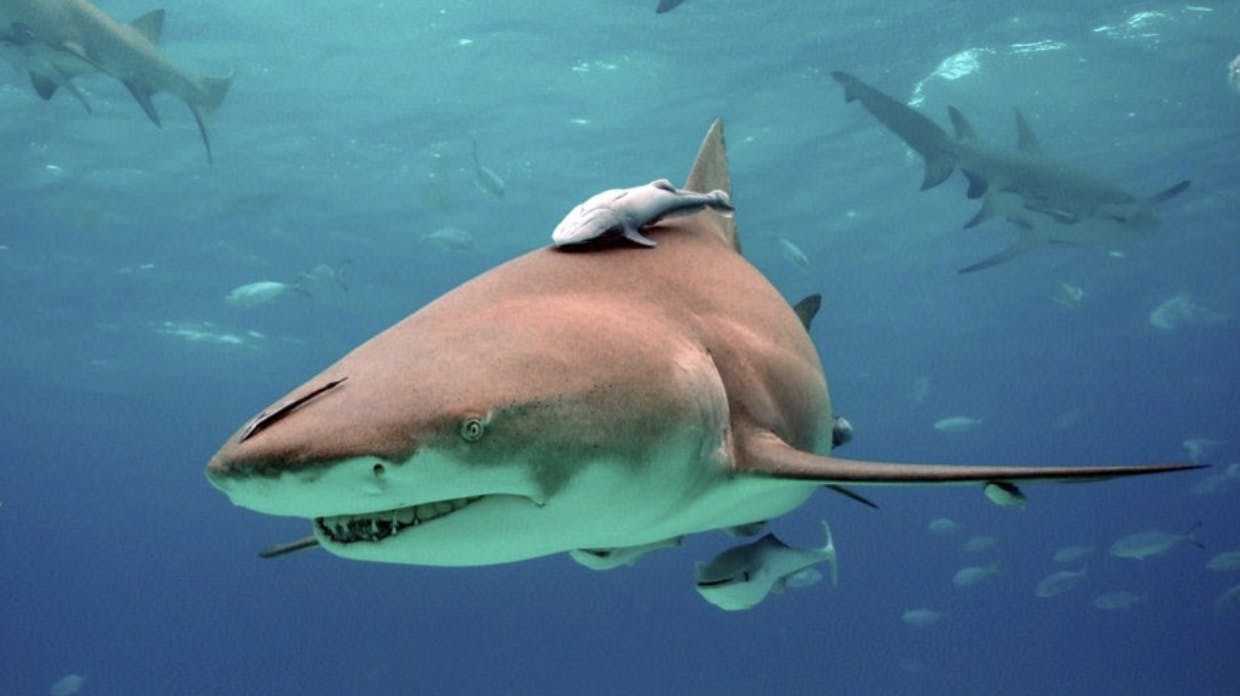TL;DR Science: Symbiosis
By Angelo Chen
January 12, 2022 · 3 minute read
Biology
Earth Science
Environmental Science
What is Symbiosis?
Symbiosis is the interaction between two different organisms, typically in close association and over long periods of time. There exist 6 general types of symbiosis: mutualism, commensalism, neutralism, parasitism, amensalism, and competition. We will investigate each of these types of symbiosis, while going through several examples along the way. The diagram below shows all these types of symbiosis, in relation to how each organism is affected by the relationship.

Mutualism
The type of symbiosis most familiar to most is mutualism. In this type of symbiosis, the two organisms both benefit from their relationship. One such example is that of clownfish and anemones. The clownfish provides the anemone nutrients as it excretes waste, and the anemone’s stinging tentacles protect the clownfish from its predators. The territorial clownfish also protects the anemone from other organisms like butterfly fish that may eat the anemone.
Another common example is that cleaning symbiosis, common in marine fish and cleaner fish. In this relationship, the cleaner fish gets a meal as it feeds on parasites and dead cells of a reef fish, and the larger fish gets a cleaning and protection from some parasites.

Commensalism
The next type of symbiosis is commensalism. This is a type of symbiosis in which one organism benefits from the relationship, and the other is unaffected. An example of this interaction is that between the remora fish and other larger animals, like sharks. The remora fish attaches to the shark and detaches itself to eat the extra food from a shark’s feeding. The remora fish gets an easy food source, and the shark is largely unaffected by the remora fish, making this a commensalistic relationship.
Neutralism
Neutralism is simultaneously the most uncommon and the most common type of symbiotic relationship. In neutralism, neither organism is affected by the other. This type of symbiosis is technically true for virtually any unrelated species living in the same ecosystem. However, true neutralism is theoretically impossible, because it’s almost guaranteed that two organisms affect each other in some way or another.

Parasitism
The name parasitism makes understanding this type of symbiosis relatively simple, if you know what parasites are. In parasitism, one organism is benefited from the relationship, and the other is harmed, like most romantic relationships. An example of parasitism can be found in any interaction involving a parasite. Most pet owners are already familiar with an instance of parasitism: ticks and fleas. Ticks and fleas feed on the blood of many house pets for sustenance. In the best case, it makes the animal uncomfortable and itchy, and in the worst case, it can lead to diseases for the animal.
Amensalism
Amensalism is the type of symbiosis that most people haven’t heard of. In this relationship, one organism is harmed, and the other is unaffected. It is worth noting that in nature, this interaction isn’t created intentionally, but is a result of the circumstances revolving around each organism (the organisms aren’t doing it out of spite or malice). An example of this is the relationship between a small sapling growing under a large tree. The sapling is deprived of light and nutrients, and is thus unable to grow. However, the presence of the sapling has virtually no effect on the larger tree.

Competition
Competition is a type of symbiosis where both organisms in the relationship are harmed as they compete over a limited resource, like food, water, or habitat. Like amensalism, it is often due to the limited nature of the resource that causes this mutually harmful interaction. This type of symbiosis is very common in nature, like that between cheetahs and lions, which both feed on the same prey, and thus have less food altogether.
TL;DR
Symbiosis is just a fancy word for a specific relationship between two different organisms is close proximity over an extended period of time. The six types of symbiosis are mutualism, commensalism, neutralism, parasitism, amensalism, and competition. These can all be defined by how each organism is benefited, unaffected, or harmed. They can be summarized in the diagram at the beginning of this article.
Sources
https://en.wikipedia.org/wiki/Symbiosis
https://en.wikipedia.org/wiki/Competition_(biology)
https://en.wikipedia.org/wiki/Mutualism_(biology)
https://en.wikipedia.org/wiki/Commensalism
https://www.thoughtco.com/commensalism-definition-and-examples-4114713
Image Sources
https://www.nationalgeographic.org/article/symbiosis-art-living-together/
https://en.wikipedia.org/wiki/Symbiosis
https://www.sciencefocus.com/news/remoras-reveal-how-they-stay-stuck-under-the-sea/
Did you enjoy this article?
About The Author
Angelo is currently a junior at Suncoast Community High School. He enjoys spending time with his dog, and playing volleyball and violin as hobbies. He also enjoys doing math, in and out of school. If you have any questions about this article, feel free to contact him at angelo@sciteens.org.